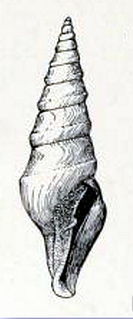| Geodia angulata | |
|---|---|
| Scientific classification | |
| Kingdom: | Animalia |
| Phylum: | Porifera |
| Class: | Demospongiae |
| Order: | Tetractinellida |
| Family: | Geodiidae |
| Genus: | Geodia |
| Species: | G. angulata |
| Binomial name | |
| Geodia angulata Lendenfeld, 1910 | |
| Synonyms | |
| |
Geodia angulata is a species of sponge in the family Geodiidae. It is found in the Pacific Ocean off the coast of California. [1]

Sponges, the members of the phylum Porifera, are a basal Metazoa (animal) clade as a sister of the Diploblasts. They are multicellular organisms that have bodies full of pores and channels allowing water to circulate through them, consisting of jelly-like mesohyl sandwiched between two thin layers of cells. The branch of zoology that studies sponges is known as spongiology.
Geodiidae is a family of sea sponges.

California is a state in the Pacific Region of the United States. With 39.6 million residents across a total area of about 163,696 square miles (423,970 km2), California is the most populous U.S. state and the third-largest by area. The state capital is Sacramento. The Greater Los Angeles Area and the San Francisco Bay Area are the nation's second- and fifth-most populous urban regions, with 18.7 million and 9.7 million residents respectively. Los Angeles is California's most populous city, and the country's second-most populous, after New York City. California also has the nation's most populous county, Los Angeles County, and its largest county by area, San Bernardino County. The City and County of San Francisco is both the country's second-most densely populated major city after New York City and the fifth-most densely populated county, behind only four of the five New York City boroughs.





